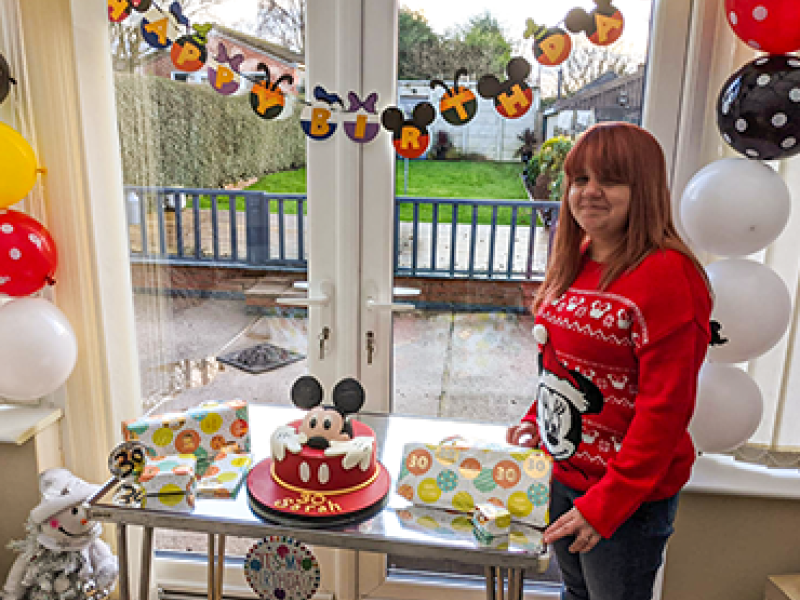Jane Frances
19 November 2019
Jane Frances
Jane Frances is a psychotherapist and was for many years Schools Specialist and Policy Advisor in Education at Changing Faces, UK. She is an expert in the psychology of visible difference.
She tells us of how findings from psychological research can help parents and teachers of children with Neurofibromatosis to better support them.
“I have worked with a lot of children with many conditions including NF, and I’ve found that the responses by other people to visible difference is pretty standard across conditions. The advice I give is based on research. ‘Common sense’, however well-intentioned, can lead to counterproductive interventions.
For example, if a child is staring at a child with a visible difference, the ‘natural’ reaction of the teacher is to say, ‘you mustn’t stare’. The result is that children learn to turn away, and the child with the difference feels even more isolated.
A better response is for the teacher to tell the staring child, ‘if you find yourself staring, smile and say ‘Hello, my name is Jane. What’s your name?’’
It is even more important that parents or the teacher coach the child who has NF to handle other children’s curiosity. The best strategy is for the child with NF to have something to say, like: ‘Don’t mind my lumps and bumps. I’ve got NF. Have you got something interesting about you?’ It is always good to round off with a question and engage – curiosity is the beginning of a relationship.
If the child is shy and nervous, the teacher might need to say, ‘Oh you’ve noticed Timothy’s unusual face. Well that’s the way Timothy’s face is, and did you know Timothy has a pet cat?’
We know from countless studies that it is harder for a child who looks unusual to make and keep friends. This is caused not by an aversion to the unusual face, but by an aversion to the stigma. The key, therefore, is to reduce or eliminate the stigma. The conversational strategies above will help. A curious stare is a door to a conversation and possible relationship.
Teachers’ expectations are also key: they need to hold in their heart really positive hopes for this child’s future. Many studies confirm the ‘Pygmalion Effect’: that lower expectations lead to lower results. Teachers aren’t doing children a favour by going easy on them. The child needs tough, high expectations.
These are just a few tips. You can get more information and resources for tackling issues of face equality and the impact of appearance at changingfaces.org.uk.”
– Jane Frances"The best strategy is for the child with NF to have something to say, like: ‘Don’t mind my lumps and bumps. I’ve got NF. Have you got something interesting about you? "
Filter News

24 Hour Marathon – Three Brothers Running for the Fourth
Toby, James & Alex take on an epic 24 hour marathon race to commemorate their brother Tristan
Read More
Centre for Appearance Research NF Survey - Results
Find out how you can take part in CAR's online survey about NF parenting and caring experiences.
Read More
Share your Covid-19 Story - Survey Results
Embracing Complexity share the results of their impact of Covid19 survey, find out more
Read More
Hour of Power – Love Yourself Valentine’s Day workout for NF
Thanks to all those that got their hearts pumping this Valentine's Day for our NF community!
Read More
Rare Disease Day 2021 and Rare Reach Festival
Find out how you can get involved in the first ever Rare Reach Festival and make sure the Rare communities voice is heard!
Read More
NF Said
Daisy takes on a 38-mile running challenge for her sister Millie, 1 mile a day for every person diagnosed with NF2 a year
Read More
Love Yourself - Hour of Power in Support of the NF community
Get your sweat on and spread the love this Valentine's day for our NF community!
Read More
Pat’s NF Fundraiser Walk
Read all about Patrick's incredible fundraising efforts to help others affected by NF!
Read More


